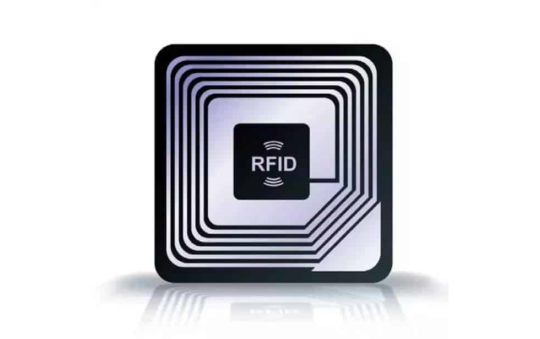By Joseph Moran
If you don’t know how much “Internet” you use, it might be time to check.
When it comes to most household resources, you usually pay for what you use. Run your lawn sprinkler or keep the lights on all day, for example, and you can rest assured it will be reflected on your next bill from the water or power utility.
That’s not usually the case when it comes to Internet access — most of us pay the same fixed rate every month for our broadband connection, no matter how much (or how little) we actually use it.
But that may be about to change.
Say Hello to Usage Limits
As more and more of people take advantage of bandwidth-intensive Internet services and applications, there have been numerous reported incidents of customers having their Internet connections slowed considerably or even turned off after an ISP deemed their usage “excessive.” Many ISPs have been floating the idea of moving to usage-based pricing — the more bandwidth you use, the more you pay — as their networks contend with an ever-increasing traffic load.
Some ISPs are already implementing usage-based pricing in test markets. This week, AT&T said that in October it would add a new price/performance structure for its broadband customers that notably would “clearly identify any limitations on the amount of usage that may apply to a customer’s service plan.” Whether you think usage-based pricing is justified or not (and reasonable arguments can be made either way) these developments suggest it may soon become the rule rather than the exception.
Therefore, now might be a good time to get a sense of how heavy or light your Internet usage is in the event you have to conform to usage limits in the future. Simply trying to guesstimate the amount you use will probably be way off the mark, but there are a few ways you may be able to measure it.
Measuring PC-Based Usage
One option is a utility called DU Meter, which installs on an XP or Vista PC and monitors its Internet connection, recording precisely how much data gets downloaded and uploaded (after all, uploading counts as access too). DU Meter makes it easy to track usage with reports that show hourly, daily, weekly or monthly consumption. It can also display statistics in chart form.
DU Meter is a very useful utility, but there are a couple of caveats. First, it’s not free. Although you can download a fully functional version for a 30-day trial period, you’ll need to ante up $24.95 to keep using it after that. Second, DU Meter can measure the bandwidth consumption only for the computer on which it’s installed. A five-system license costs $50.
Measuring Overall Usage
It’s important to remember that it’s not just PCs that connect to the Internet these days; content downloaded to consumer electronic devices, like a game console or set-top box, also accounts for a large percentage of overall usage. Games can be as large as 1 GB, movie downloads usually exceed 1 GB, and HD movies are typically 4 GB to 5 GB in size.
Therefore, the ideal place to measure total Internet usage is at the router, since the data to or from any of your connected devices must pass through it. You can check to see if your router tracks data sent and received via the Internet by logging into its admin interface and finding an option labeled router status, connection statistics, or something similar. (Look for the entry marked WAN, or Wide Area Network, which represents your Internet connection.)
Although most routers track Internet usage, many report the information in terms of packets rather than bytes. Since packets can be different sizes, it’s not a useful measurement. In this case, you may be able to update your router with third-party firmware like DD-WRT or Tomato, both of which include bandwidth monitoring. Tomato’s compatibility is limited to a handful of Linksys and Buffalo routers (albeit common ones), while DD-WRT is compatible with a broader range of devices, including many from Belkin, D-Link and Netgear. You can find detailed compatibility lists at www.dd-wrt.com/wiki/index.php/Supported_Devices and www.polarcloud.com/tomatofaq, respectively.
Unfortunately, neither DU Meter nor the router-based tools categorize Internet usage by type, so they will not tell you how much of your consumption is due to, say, downloading movies, backing up your data to an online server or using Skype. But at least knowing how much you’re using overall will help you make an informed decision should your ISP decide to stop serving an all-you-can-eat bandwidth buffet.
Joseph Moran is a regular contributor to PracticallyNetworked.



